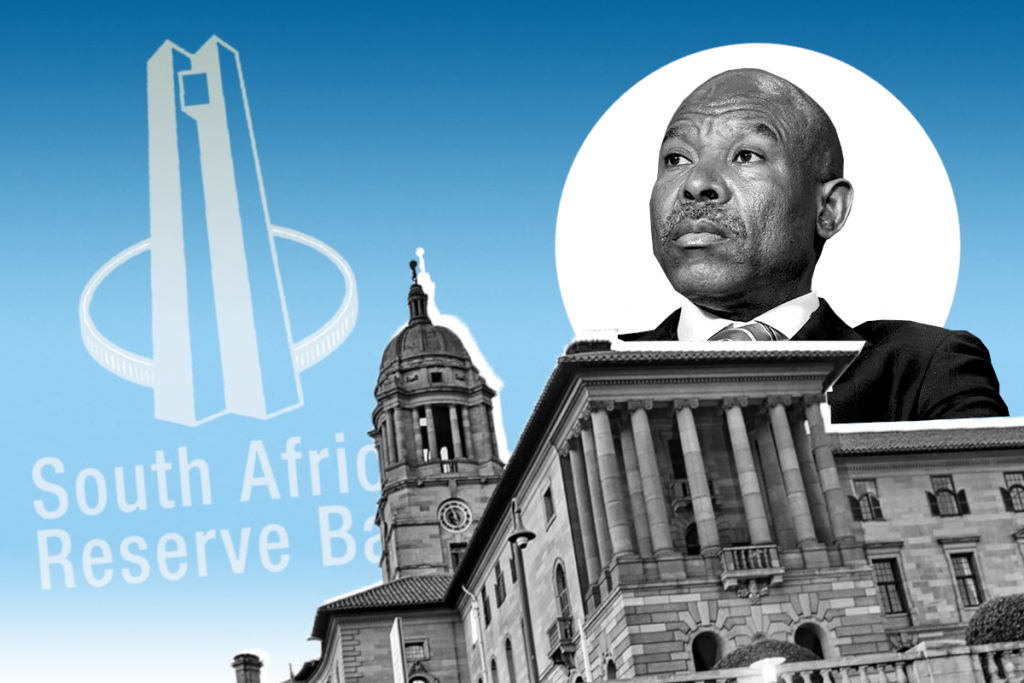Shift in interest rate expectations for South Africa

Source: BusinessTech
South Africa's interest rate-cutting cycle -- whenever it actually hits -- is expected to be much longer and much slower than initially thought, possibly stretching through to 2026.
Interest rate forecasts have been dominating market sentiment this week, with forecasts and projections trying to pin down when exactly the tables will turn.
According to economists at the Bureau for Economic Research (BER), South Africa, like other economies, are more likely to be tied to interest rate moves by the United States Federal Reserve - though this is not a guarantee.
For example, European and Latin American central banks have already made cuts to their interest rates, and following a hold on rates this week, the Bank of England also indicated that rate cuts could be coming soon.
"The (Bank of England) acknowledged that inflation dynamics were improving somewhat faster than expected, which suggests that the first rate cut is likely to be soon. While the BoE did not regard a cut in June as a fait accompli, it also did not rule out the possibility," said BER chief economist, Lisette IJssel de Schepper.
"On the chances that the BoE cut could now come before the US Fed, Governor Andrew Bailey said that '"'there is no law that the Fed moves first'," she said.
The central bank of Sweden lowered its policy rate for the first time in eight years this week, and the Swedish, Czech and Hungarian banks have also reduced their policy rates before the Fed. The BER said that the European Central Bank (ECB) is likely to follow in June.
In emerging markets, Brazil's central also bank cut its interest rate again, having started hiking much earlier than most advanced economies, which allowed it to enter its cutting cycle sooner.
For South Africa, the BER said that whether the South African Reserve Bank decides to cut before the Fed remains to be seen and will likely hinge on local inflation expectations.
"Of course, the actual timing of the first Fed cut will also matter, with markets currently seeing some probability of easing in September. The Fed meets a day before the SARB is due to announce its interest rate decision," it said.
The one problem though, is that expectations for the timing of the first Fed cut seesaw with every notable US data release - last week's disappointing nonfarm payrolls and a surge in jobless claims this week argued for a more dovish stance after a recent streak of hot price data had pushed out expectations.
"To be sure, not all European banks have jumped on the cutting bandwagon yet; just last week, the central bank in Norway kept rates on hold, with experts now seeing the first reduction in December or even next year.
"It is also important to note that not all cutting cycles will be equally fast or steep - or perhaps slow and shallow are the better words to use," the BER said.
In South Africa, the market expects only about 100bps worth of cuts, with the BER seeing some scope for a further downtick in 2026 if inflation and expectations 'behave' and settle around the midpoint of the target.
"Should the SARB, in the meantime, firm up intentions to target a lower inflation rate, this later cut may be off the cards. Of course, successfully achieving a lower inflation target over time would enable lower interest rates in due course," it said.
The recent Monetary Policy Review from the SARB highlighted that it currently sees the start of the local interest rate cut cycle well into 2025, pushing expectations that the cutting cycle will come long after the Fed's start.
At the end of 2023, forward rate agreement (FRA) rates indicated that South Africa's policy rate would be lowered in the first half of 2024. However, the FRA curve has since shifted higher, reflecting the slowing pace of domestic disinflation and implying that rate cuts would be deferred to early 2025.
While some economists, such as those at Nedbank, still anticipate at least two rate cuts in 2024 - 25 basis points in September and again in November - projections that the central bank will continue to hold on rates for the rest of the year are also starting to emerge.
